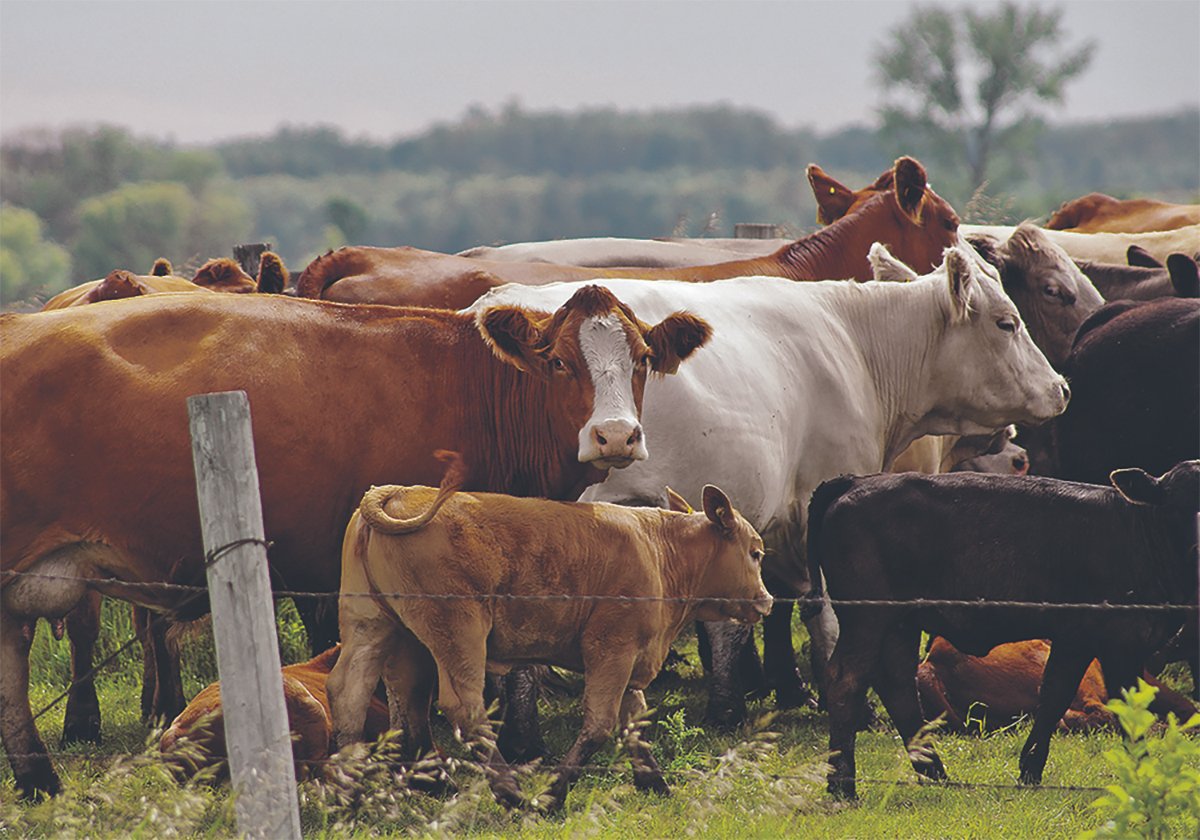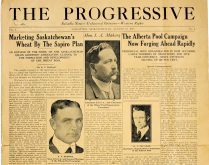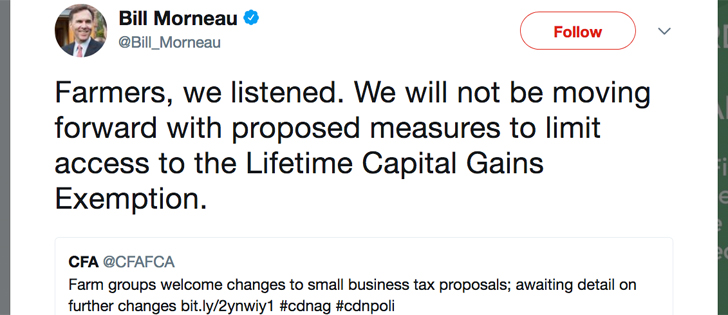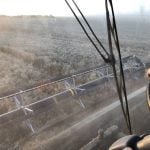Corporate investment in Saskatchewan farmland continues to increase, significantly increasing not just the size of farms but also the value of the land.
What are often called mega-farms are now largely accepted parts of the landscape. Many are owned by Saskatchewan farmers, who have been successful and expanded their operations over the years.
Some are owned by Canadian corporations, which lease the land back to farmers.
Increasingly, however, foreign investment is coming into the land ownership mix via Canadian owners. In a recent Western Producer story, it was noted that rich buyers with overseas connections have been buying land at two or three times the assessed value.
Read Also

High prices see cow-calf producers rushing to incorporate
Farm accountants are reporting a steady stream of cow-calf producers rushing to get their operations incorporated ahead of selling their calves this fall.
They often come from other parts of Canada, but have little farming experience. Clearly, they view farmland as an investment rather than as the basis for a way of life.
However, these Canadian investors are not required to disclose their sources of capital nor their financing arrangements. Some farmers view this as a loophole in the Saskatchewan Farmland Security Act, and they may have a point.
The board overseeing farmland ownership has recently asked some investors to sign declarations stating that they are the sole owners of the land.
Mark Folk, general manager of the Saskatchewan Farmland Security Board, says concerns about foreign ownership are rising, but he sees no indication that Canadian buyers are buying land essentially on behalf of offshore investors, who would legally be limited to only 10 acres.
Folk and his staff are working within the parameters of the legislation, but perhaps the legislation should be revisited to specify that foreign investors be identified, and at what level they are investing.
This would put more transparency into the process, while reflecting the original intent of the 2002 legislation that provided wider Canadian access to Saskatchewan farmland.
Did the original legislators foresee a time when Saskatchewan farmland would be such a hot item on the international market? Perhaps they did, but perhaps the act does not adequately address today’s environment.
The government should ask two questions about the existing act: is the intent of the legislation adequately represented in law, and does it provide avenues to prove that people are in compliance? If those questions are not clearly answered, the legislation should be revisited.
Foreign and wider Canadian investment is certainly helping drive up farmland prices. In 2011, prices rose by 11 percent in the first six months and another 10 percent in the second half of the year. Saskatchewan grain land remains among the cheapest in the world, but it’s definitely gaining ground.
A recent report by ReMax, the real estate firm, said acres are regularly selling in the $800 to $1,500 range, and reports of $2,000 per acre are also emerging.
Those prices are great for older farmers wanting to exit the industry, but daunting for young farmers trying to either get into agriculture or expand their holdings.
Prices have not yet risen to speculative levels, but that could be a threat if more money flows into farmland from overseas.
There is also the possibility that commodity returns will not support high-priced farmland. At that point, market forces will drive it back down.
However, a boom and bust cycle in land prices is not generally positive. Agriculture is too reliant on forces such as weather and global economic forces as it is.
One could argue that farmland, not unlike potash, is a strategic resource to Canada, even if the crops produced on it are not. If you take that view, knowing who really owns prairie farmland should be an important piece of the legislation that governs it.














